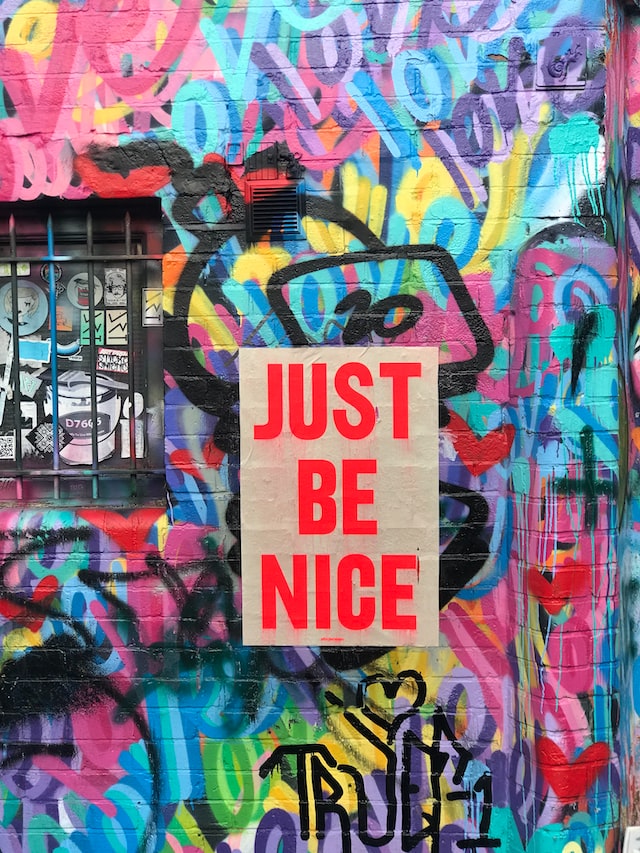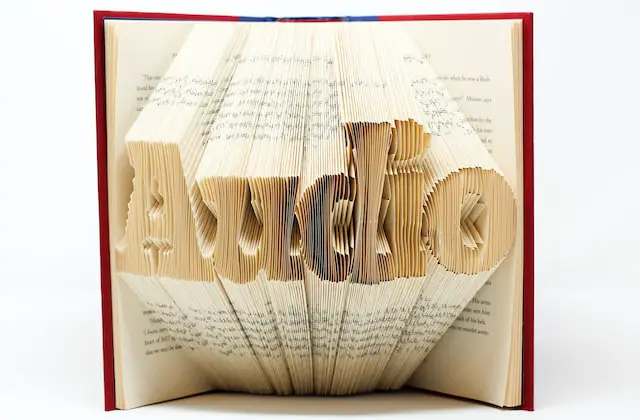"What's the plural of graffito?"
The plural of graffito is graffiti.
Definition of graffito:
Graffito refers to a drawing or writing that has been scribbled or scratched onto a surface, usually a public one, such as a wall or a building.
Is Graffiti Singular or Plural?
The word graffito is the original singular form of this noun which usually refers to unauthorized writing or images on public spaces.
The word graffiti is used as the plural of graffito, and it is so widespread that it is often also used in the singular form as a mass noun. For example, you might hear someone say, "That graffiti on the wall is really interesting."
The use of the word word graffiti in place of graffito is actually more common.
Rule for Forming the Plural of Graffito
The plural of graffito is formed according to the standard English grammar rule for Italian loanwords that end in "-o". In this case, the "-o" is changed to "-i" in the plural form, resulting in "graffiti".
This is similar to the way that other Italian words such as "cappuccino" become "cappuccini" in the plural form.
Is Graffiti Countable or Uncountable?
While it may seem like graffiti should be a countable noun, given that it refers to individual pieces of street art, in fact, it is generally treated as an uncountable noun.
This means that when we use the word "graffiti", we are referring to the overall concept of street art or the practice of defacing public property with spray paint or other markings.
It is not typically used to refer to individual instances of graffiti, although in certain contexts, it may be acceptable to do so.
For example, if you were discussing a particular work of graffiti that caught your eye, you could refer to it as "a piece of graffiti" or "a graffiti mural".
However, if you were talking about the prevalence of graffiti in a particular neighborhood, you would refer to it as "graffiti" in the singular form.
Plural of Graffito Example Sentences
Examples of "graffito" in a sentence:
-
The archaeologist discovered a fascinating graffito on the wall of the ancient Roman city.
-
The museum displayed a rare graffito from the Renaissance period.
-
The art collector paid a high price for a graffito by the famous street artist, Banksy.
Examples of "graffiti" in a sentence:
-
The city council is struggling to find ways to combat graffiti on public property.
-
The abandoned building was covered in colorful graffiti tags and murals.
-
The local graffiti artist gained fame for their intricate and thought-provoking designs.
Fun Fact:
While graffiti has been around for centuries, it wasn't until the late 1960s and early 1970s that it began to be recognized as an art form.
It started as a way for young people in urban areas to express themselves and their identities, and it has since become a global phenomenon that has influenced everything from fashion to advertising.
Today, graffiti is still controversial in many places, but it is also celebrated as a form of public art that can transform neglected or forgotten spaces into vibrant and dynamic ones.
Sources:

